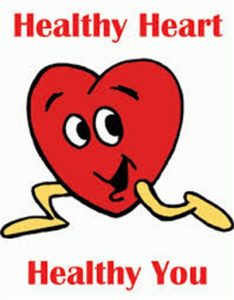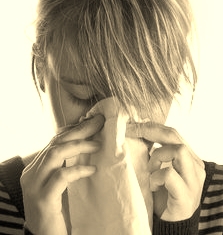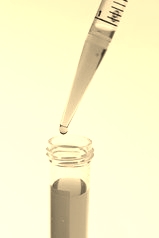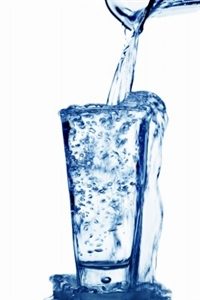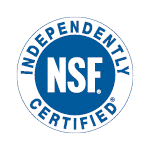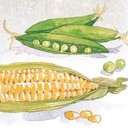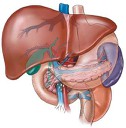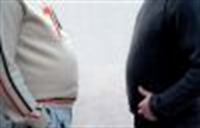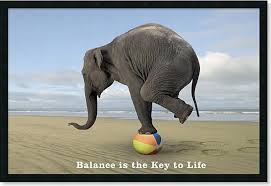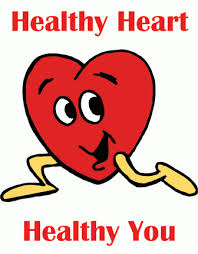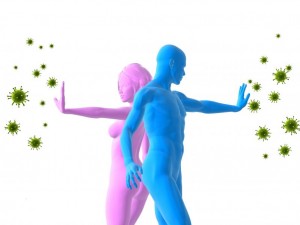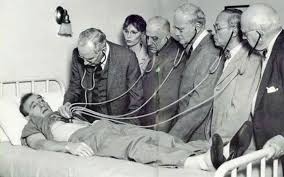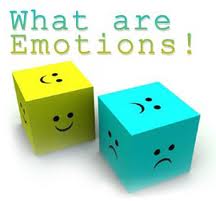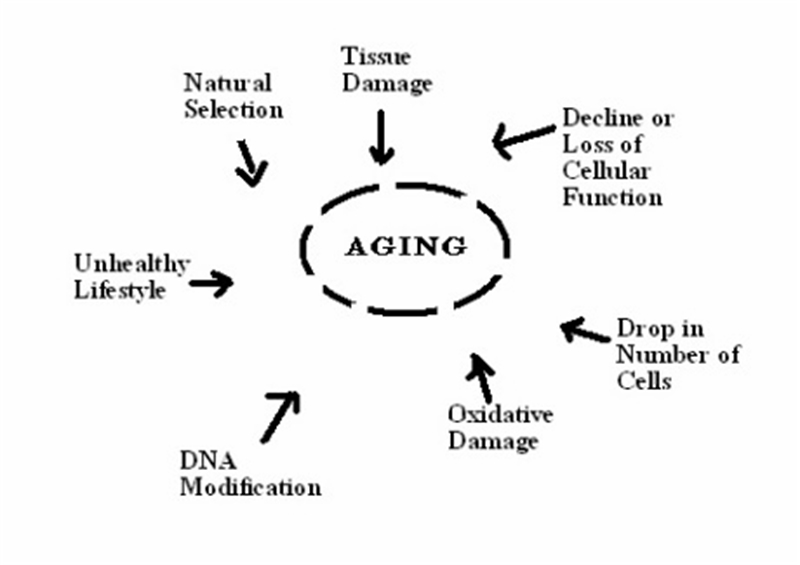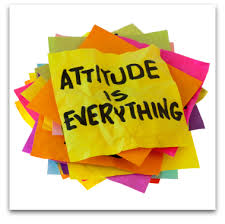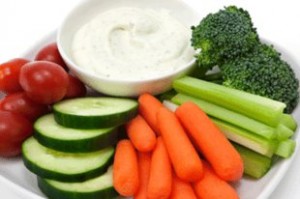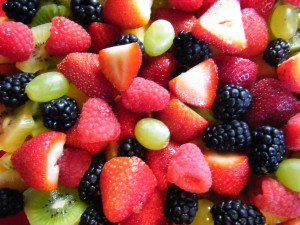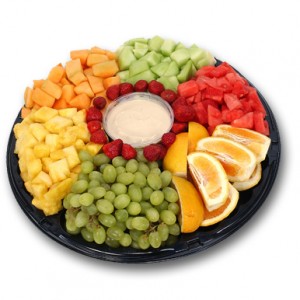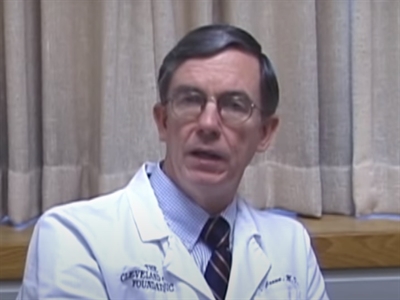High blood pressure (HBP) or hypertension, is known as “the silent killer” because it generally has no symptoms until it has done damage to key organs in your body.
However, there’s no need to despair, HBP can be managed in a similar way that diabetes can be managed.
Getting By With Pain
It’s been said that people will live with pain and discomfort until fear of what may happen in the future, motivates them to make a CHANGE.
So let’s get some fear going for those who suffer in silence with “the silent killer” – High Blood Pressure (HBP).
The future for you could be damaged arteries, damaged heart and / or last but not least, a damaged brain!
The 2017 Guidelines
The guidelines for treatment of high blood pressure (HBP) / hypertension published by the American College of Cardiology (ACC) and the American Heart Association (AHA) in November 2017, remain the current standard for the detection, prevention, management and treatment of high blood pressure.
Blood pressure categories in the current guideline are:
- Normal: Less than 120/80 mm Hg;
- Elevated: Systolic between 120-129 and diastolic less than 80;
- Stage 1: Systolic between 130-139 or diastolic between 80-89;
- Stage 2: Systolic at least 140 or diastolic at least 90 mm Hg;
- Hypertensive crisis: Systolic over 180 and/or diastolic over 120, with patients needing prompt changes in medication if there are no other indications of problems, or immediate hospitalization if there are signs of organ damage.
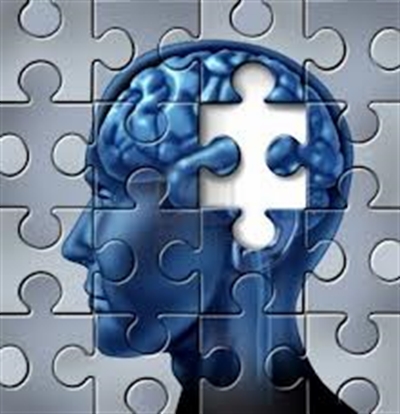
Your Future – A Damaged Brain?
Types Of Hypertension
There ar two types of hypertension:
1. Primary – This kind of hypertension develops over time with no identifiable cause, however the following combination of factors may play a role in causing primary hypertension:
a) Heriditary: Some people are predisposed to hypertension, possibly because of genetic abnormalities inherited from their parents.
b) Physical changes: For example, there may be changes in the kidney function due to aging. This change may cause blood pressure to increase.
c) Lifestyle: Unhealthy lifestyle choices can lead to weight problems and increase the risk for hypertension.
2. Secondary – This develops as a result of underlying medical conditions and often occurs quickly. Underlying conditions may include: kidney disease, obstructive sleep apnea (when breathing stops for brief periods during sleep), congenital heart defects (heart defects present at birth), an overactive thyroid, side effects of medications, use of illegal drugs, chronic alcohol use, adrenal gland problems and certain endocrine tumors
Treatment Options
Treatment options for hypertension depends initially on the type of HBP. For example, primary hypertension may be treated with lifestyle changes and possibly medications.
Treatment for secondary hypertension normally focus on the underlying causes.
Management Approaches
The best way to avoid complications from HBP is to monitor your blood pressure regularly. You may purchase a blood pressure cuff to take your blood pressure at home.
Take your blood pressure and keep a record everyday. Take the record to your doctor appointments, to be read, so your doctor can see potential problems and take early action.
Click the image below for more on a blood pressure wrist cuff.
Lifestyle Changes
Diet changes to include plant based eating, avoiding behaviours that negatively impact on healthy living, regular exercise, adequate rest and reducing daily stress can make a huge difference in managing and / or getting rid of HBP.
For a first step in lifestyle change, I recommend the DASH diet. “DASH” means Dietary Approach to Stop Hypertension.
Following the DASH diet can help reduce blood pressure by a few points in two weeks. It also contributes to avoiding a number of other lifestyle diseases.
Click the image below for a 28 day DASH diet with workouts, to lower blood pressure and improve your health.
Was The Above Information Helpful To YOU?
If "Yes" Discover How To BOOST Your Immunity
Enter your email to get the details
Presented by
Louis Blake
Email: blake@acandi.ws
Updated: June 20, 2020
© Copyright by Permission of:
ACandi Marketing Enterprises,
PO Box 2071, NMC, Piarco, Trinidad, W.I.
© Copyright All Rights Reserved.
Refs: https://www.acc.org/latest-in-cardiology/articles/2017/11/08/11/47/mon-5pm-bp-guideline-aha-2017
https://www.healthline.com/health/high-blood-pressure-hypertension#symptoms-of-high-blood-pressure
https://www.mayoclinic.org/healthy-lifestyle/nutrition-and-healthy-eating/in-depth/dash-diet/art-20048456

